Click here to download the Spanish translation part I (PDF-file)
Click here to download the Spanish translation part II (PDF-file)
- No single-person-work.
- No motor-manual logging of lodged trees which aren’t directly accessible by a machine.
- No piece work during salvage logging of storm damaged timber. If piece-work is used: Change to a time rate!
- When selecting machinery, chose the most powerful alternative which best fits the harvesting system. A simple cable skidder is not a safe option for working with lodged trees and should only be used in extreme emergencies.
- Methods, which do not use machines for logging in the windthrown area, have to be excluded (see above). Even logging of single windthrown trees should be worked up with machine support.
- Only the absolute necessary work should be done in windthrow areas. Any further processing is safer out of windthrow sites.
- It has been shown that less friction losses occur when the work process/ work chain is planned out completely (logging, storage, possible transportation).
- The presented techniques describe the established methods of salvage logging. In principle, other techniques are possible which relate to possible combinations of motor-manual and partial-mechanised delimbing/ bucking.
Shortwood or Longwood?
- In principle, storm damaged wood can be cut into longwood as well as shortwood, as long as the assortment is marketable. If the immediate sale is uncertain or timber preservation in wet storage is certain; bucking as longwood is recommended (see also Wet Storage). Important: Both the direction of windthrow in relation to the skid roads and the forest regeneration play a role in the decision of bucking short- or longwood.
- Processing is limited/determined by the season, beetle risk and market needs.
- Slash removal? Removal of slash from the entire area is basically not necessary or desired (avoids driving across the site.
Schema for determining harvesting methods
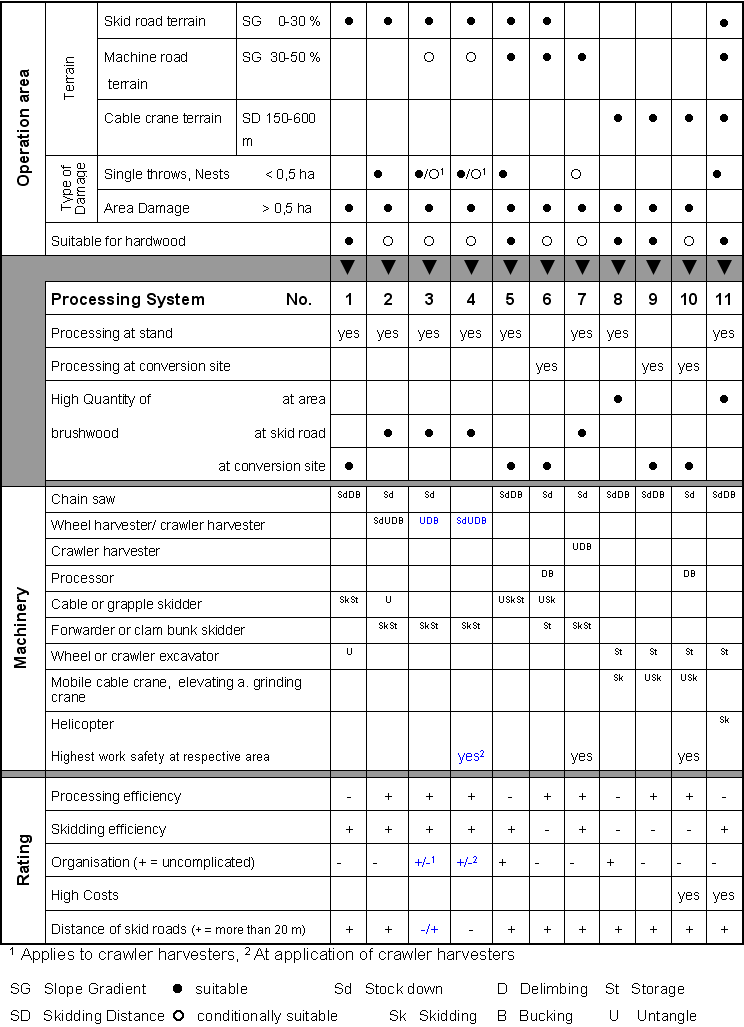
Fig. 1: Schema for determining harvesting methods.
Harvesting methods on slopes with less than 30% slope gradient (Systems 1 to 4)
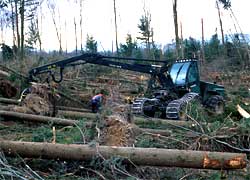
For logging in flat territory powerful harvesters are necessary.
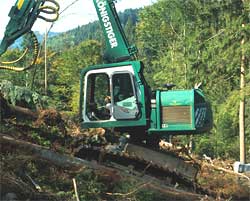
Crawler harvester with tiltable cab.
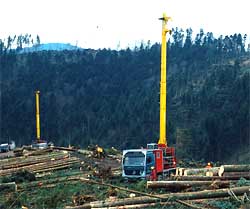
Application of a cable crane on steep slopes.
In general, logging is carried out in a highly mechanised manner. This means that powerful harvesters are used in deciduous as well as coniferous stands. Crawler harvesters, which normally have required power reserves, are particularly suitable. Wheel harvesters in higher engine-power-classes provide satisfactory results. Due to the high accident risk, cross-cutting should be done by harvesters if existing skid roads can be used.
In practice crawler excavators have been used to untangle trees, if they have to be cut down using a motor-manual method. Crawler excavators met, to a large extent, work safety requirements. The use of a cable skidder to straighten out windthrow areas is less recommended.
For Baden-Wuerttemberg: Combined methods (System 2) are appropriate for compliance with skid road distances of 40 m.
For Rheinland-Pfalz: The Baden-Wuerttemberg approach is appropriate but only 20-m-skid-road-distances.
Harvesting methods on slopes from 30 to 50% slope gradient (System 5 to 7)
Logging is mainly carried out using techniques with a low degree of mechanisation. Useful crawler harvester technology is only available on a small scale and applicable in particular cases.
Cross-cutting is processed using motor-manual methods. Untangling is via cable skidders. Bucking is carried out by a processor or motor-manual bucking takes place at appropriate conversion sites. At windthrown areas no delimbing should be carried out, unless the timber quantity is low.
Harvesting methods on steep slopes with greater than 50% slope gradient or for other special logging conditions (Systems 8 to 11)
In general cross-cutting is carried out using motor-manual methods. Untangling and skidding is via cable cranes. Bucking is carried out by a processor or motor-manual bucking takes place at appropriate conversion sites. Storage capacity is the main problem which is resolved by immediate timber removal.
Forest Crises Management Advisory Guide
Back to the main page of the Forestry Crisis Management Advisor Guide: Overview of the different topic collections
Back to the article overview in the: Storm Topic Collection – Coping with Storm Damaged Timber

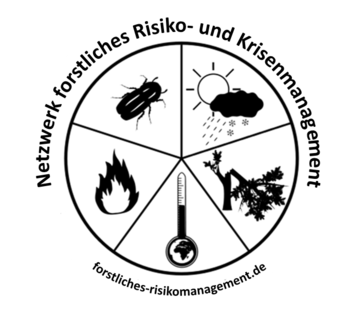

![[Translate to English:] [Translate to English:]](/assets/_processed_/3/c/csm_fva_sturmholz_arbeitsverfahren_2_61f53d3750.jpeg)
![[Translate to English:] [Translate to English:]](/assets/_processed_/a/b/csm_fva_sturmholzaufarbeitung_hackereinsatz_1_1572409c34.jpeg)